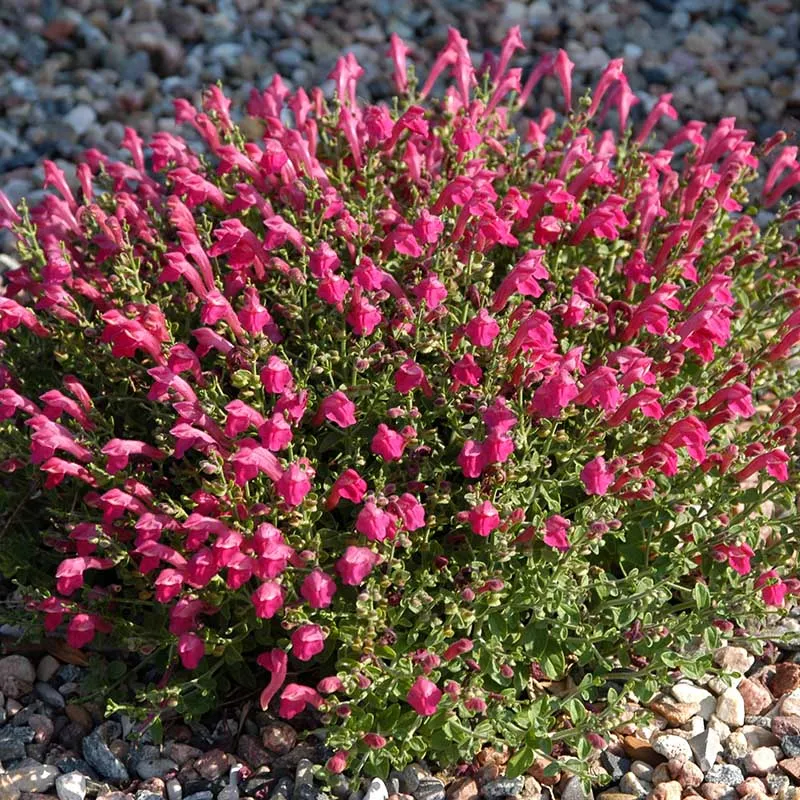
Description
A genus of flowering plants in the Lamiaceae family of mints is called Scutellaria. Commonly, people refer to them as skullcaps. While some Scutellaria are subshrubs, the majority are annual or perennial herbaceous plants that grow to a height of 5 to 100 cm. There are aquatic Scutellaria. Scutellaria blooms have upper and lower lips, four-angled stems, and opposing leaves. The popular name of the genus was inspired by the characteristic shield on the calyx, which makes it most easily recognized.
Habitat
Scutellaria plant species are found in Russia, Pakistan, Japan, and northern China.
Uses
American skullcap leaves have been used as a sedative and to treat convulsions and anxiety in traditional herbal medicine. Native Americans valued the plant for its potent therapeutic qualities. For several generations, Huang Qin, a traditional Chinese medication, has been made from the dried roots of this plant to cure various health issues such as diarrhea, bleeding, respiratory infections, diarrhea, sleeplessness, and dysentery.

Varieties
Native to East Asia and portions of Russia, Scutellaria baicalensis is also known as Chinese skullcap. The Chinese have been using the roots of this plant for thousands of years to cure a variety of illnesses, such as dysentery, diarrhea, and hypertension, with traditional and natural treatments. It’s also referred to as Huang Qin or the Baikal skullcap. This skullcap herb also has blue and purple flowers, same like Scutellaria lateriflora.
Pink skullcap, or Scutellaria suffrutescens, is renowned for its dazzling pink flower display. Although this herb is sometimes referred to as the pink Texas skullcap, it is not native to Texas; rather, its resistance to droughts is what made it popular once it was introduced. It grows well in full sun with some afternoon shade on rocky or sandy soil that drains well. In areas free of cold, this plant’s semi-evergreen leaves have a woody base that never withers.
Native to the low-elevation Mountains of Northern California is the herb Scutellaria californica, sometimes known as California skullcap. This plant is believed to smell like apples and blooms little white and yellow flowers in June and July. It likes to grow in partially shaded areas and in soil that drains well.
Plant Care
- Sun and Temperature
The requirements for temperature, sun exposure, and hardiness vary amongst Scutellaria species. The most adaptable plant is S.lateriflora, which can be cultivated in USDA hardiness zones 2b through 7b. Some herb species favor zones 6b to 8a and have a far more restricted range. Scutellaria species often thrive best when exposed to six or more hours of direct sunlight each day along with some afternoon shade. The quantity and quality of flowers are greatly influenced by the sun.
- Water and Humidity
Depending on the type, different requirements exist for water and humidity. When considering adding a skullcap to your landscape, thoroughly assess the existing conditions and select the type that best suits your requirements. Once established, many can withstand droughts.
- Soil
The majority of Scutellaria species favor sandy or shallowly rocky soils with a high organic matter content that drains effectively. The pH demands of different types of soil also differ. Scutellaria plants are deliberately grown under environmental stressors, such as low soil quality, in order to enhance the production of flavonoids when used as a medicinal herb.
- Fertilizing
Once established, Scutellaria spp. are hardy herbs that require no fertilization. Adhere to the manufacturer’s recommendations and add a slow-release fertilizer if you want to encourage more flowers. If you want to encourage flowering rather than leaf growth, use a fertilizer with less nitrogen.
Table





